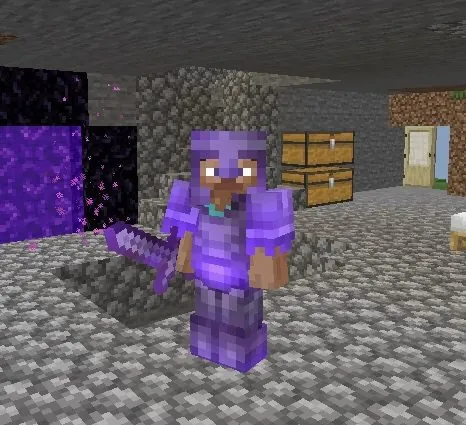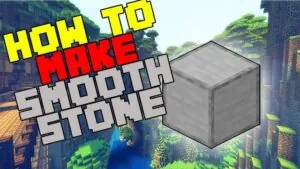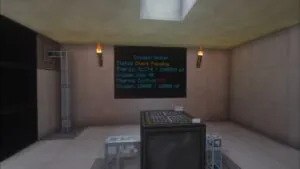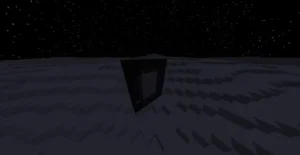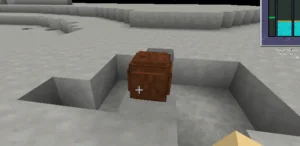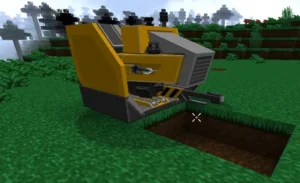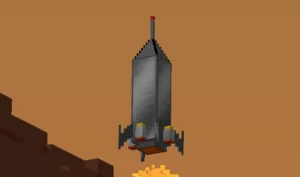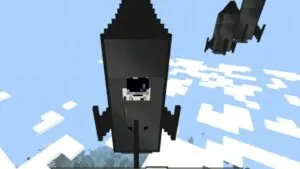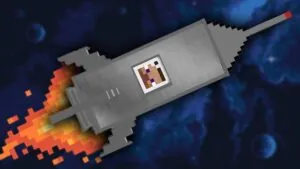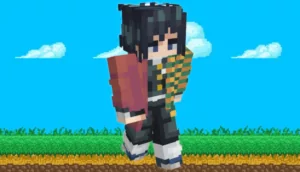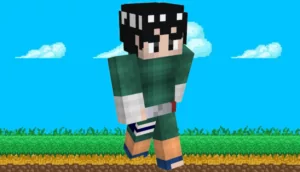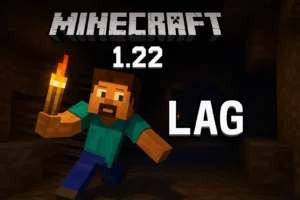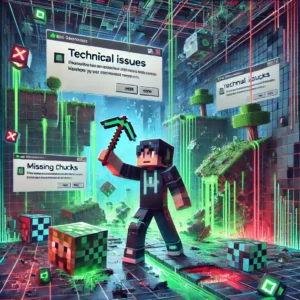Netherite has emerged as the most coveted resource in Minecraft, enabling players to craft the game’s best tools and armor. But how do you actually get netherite? This guide will walk you through everything you need to know about finding ancient debris—the rarest ore in Minecraft—how to mine it effectively, and ultimately, how to craft your prized netherite gear.
What Is Netherite and Why Do You Need It?
Netherite is a resource that improves upon diamond gear, providing better durability, faster tools, and additional perks like knockback resistance. To craft a single netherite ingot, you need four ancient debris and four gold ingots. Once you have the netherite ingot, you can use a smithing table to upgrade any diamond tool or armor piece into netherite gear.
Why Netherite is Superior
Netherite tools are faster and more durable than their diamond counterparts. Netherite swords deal 8 points of damage, while netherite armor offers the same protection as diamond but with increased toughness and knockback resistance. Additionally, netherite gear is immune to lava, which adds a significant advantage when exploring the treacherous Nether.
How Much Ancient Debris Do You Need?
To craft a complete set of netherite gear—four pieces of armor and five tools—you will need 9 netherite ingots. This requires 36 ancient debris in total. Alongside the debris, you’ll need a netherite upgrade, which can be found in bastions. Additionally, you need diamond tools and armor ready to upgrade, and diamonds to duplicate the upgrades.
How Ancient Debris Generates
Ancient debris doesn’t generate randomly in Minecraft—it follows specific rules based on the game edition.
- In Java Edition, up to two clusters can generate per chunk:
- The first cluster can contain up to 3 ancient debris at height levels between Y-8 to Y-24.
- The second cluster spawns up to 2 ancient debris between Y-8 to Y-119.
- In Bedrock Edition, ancient debris is more abundant, with up to five clusters per chunk. Two of the clusters are of the first type, while the other three belong to the second type.
Regardless of edition, Y-Level 15 is statistically the best level to find ancient debris. Also, avoid mining in basalt deltas because basalt is much harder to mine than netherrack.
Methods to Efficiently Mine for Netherite
Mining ancient debris can be a time-consuming process, but there are several strategies to make it easier and more efficient:
1. Strip Mining
The classic method is strip mining at Y-Level 14, targeting the height where ancient debris is most common. Using an Efficiency III iron pickaxe or a diamond pickaxe with Efficiency II allows you to quickly mine through netherrack. For the best results:
- Create a network of tunnels with three-block spacing between them to maximize coverage.
- Be cautious of lava, which is prevalent in the Nether. Fire protection potions can make this process much safer.
2. Tunnel Expansion
A more efficient variation of strip mining involves:
- Mining a three-block-high tunnel, then coming back and clearing the netherrack on the sides to expose hidden ancient debris. This method is faster, but it consumes more pickaxe durability.
3. Chunk Border Mining
Since ancient debris generates in clusters within chunks, mining along chunk borders increases your chances of finding debris. In Java Edition, you can display chunk borders by pressing F3 + G. In Bedrock Edition, enable coordinates and look for X or Z values divisible by 16. This method is best combined with strip or bed mining techniques.
4. Bed Mining
Beds explode in the Nether, making them a powerful, inexpensive mining tool. Since ancient debris is explosion-proof, it can survive the blast, allowing you to uncover it easily.
- Place beds at chunk borders and detonate them from a safe distance by placing a block between yourself and the bed. This method is ideal for early-game netherite mining when you lack the resources for many pickaxes.
5. TNT Mining
The fastest, albeit most expensive, method is using TNT. Place TNT blocks three spaces apart in a tunnel and detonate them. The explosion clears large areas, revealing any ancient debris. This method requires access to a lot of TNT, usually through a creeper farm or witch farm.
Raiding Bastions for Netherite
An alternative to mining is raiding bastions, where you can find netherite scrap and tools in chests. This method isn’t necessarily more efficient, but it can complement your mining efforts, especially if you enjoy exploring bastions. Plus, you’ll need to raid bastions anyway to collect netherite upgrades.
Conclusion: Is Netherite Worth the Effort?
Finding ancient debris and crafting netherite gear is a time-consuming and resource-heavy process, but the rewards are significant. Netherite gear provides not only the best durability and damage in the game but also important benefits like lava resistance and armor toughness, making it essential for endgame content, including PvP and difficult PvE encounters like the Vindicator or Piglin Brute.
While there aren’t many in-game challenges that require netherite at present, this may change with future updates. The Minecraft 1.22 update is rumored to focus on the End, potentially adding more challenges that will make netherite gear even more valuable.
With the right methods—be it mining with pickaxes, using beds, or blowing up tunnels with TNT—you can efficiently gather ancient debris and craft your netherite set to rule your Minecraft world.
